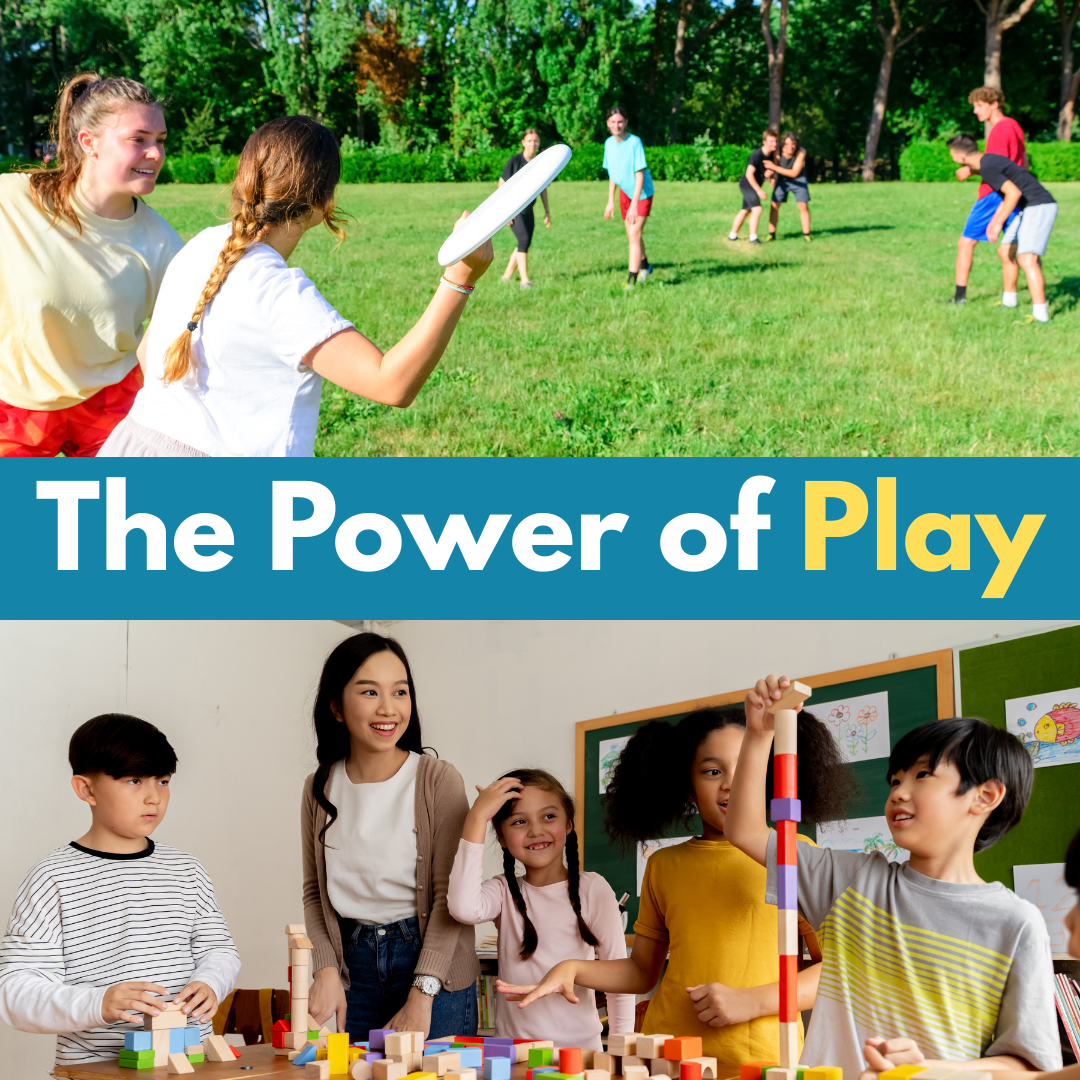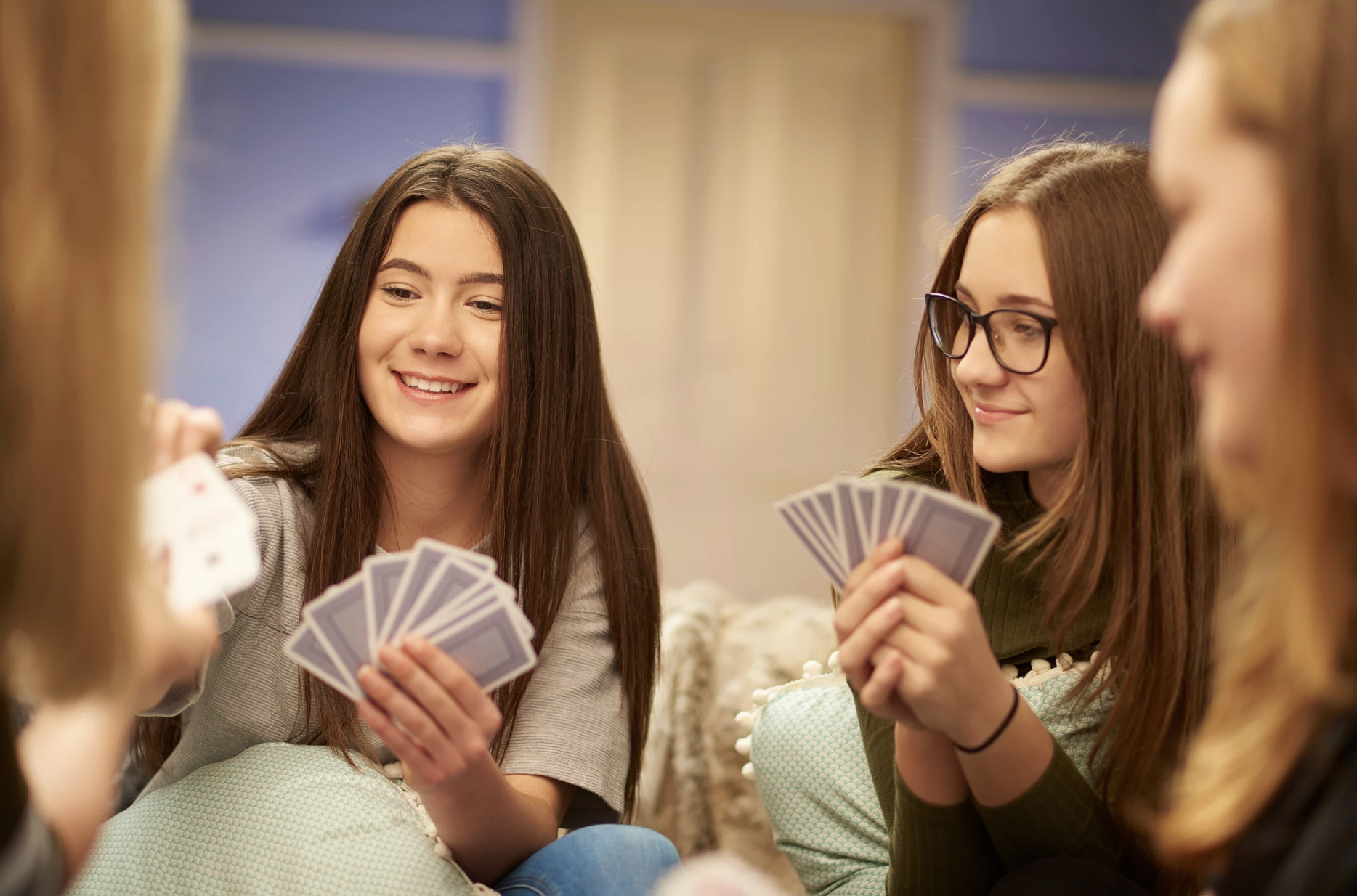Free TeachMeet on September 23: Navigating the Election

.png)



At IFSEL, we’ve seen something remarkable unfold time and again.
Whether we’re with kindergartners, high schoolers, or educators in a one-day PD, and we begin with the simple intention to connect, groups can transform with the right combination of prompts, listening, and play.
We often start by saying, “In education, we talk about ‘connection before content.’ And with SEL, connection IS the content.” From there, we invite the group into an intentional energizer: a brief pause or playful moment to notice who’s in the room.
We know what some are thinking. Social media loves to poke fun at icebreakers and energizers, and we’ve seen the eye rolls (from teenagers and adults alike). But we believe in these moments so deeply that we use them in our own meetings. Why? Because when the experience/invitation is authentic, curiosity follows. Trust begins to build. And before long, laughter comes.
With that trust, we can gently stretch into the “discomfort zone” where play is not simply easeful. Stepping out of our comfort zones can bring challenge, growth, and joy. We have watched the transformation: people become lighter, more connected, and open to learning. This is why we believe play is not an “extra.” It is essential.

In the youngest grades, we know that unstructured free play is foundational. Children build whole worlds out of blocks, sticks, or scraps of fabric. They assign roles, negotiate rules, and improvise endlessly.
Research shows that in free play:
For young children, free play isn’t a break from learning. It is learning—the bedrock of imagination, language, and higher-order thinking.
As students grow, play evolves. Teachers can channel curiosity through purposeful play: structured, hands-on activities with clear learning goals.
Examples include:
Purposeful play fosters collaboration, empathy, and deep academic understanding (Sawyer, 2017). It gives students the chance to explore content in ways that stick.

Although they don’t come out and say it, we’ve sensed that some of the upper-grade, more content-focused teachers might think there’s no place for play in their classrooms. “Aren’t they too old for play?” In truth, adolescents may need it most.
Play gives teenagers permission to be creative, collaborative, and connected—and it doesn’t have to mean sacrificing rigor.
Play is also an equity issue. Students in under-resourced schools often have fewer opportunities for recess or free exploration. Yet research shows play improves classroom behavior, engagement, and mental health—especially for students at risk of disengagement (Jarrett, 2013; Weissberg, 2015).
In a time when recess and free time have been cut back, especially post-pandemic, restoring play is one of the simplest and most powerful tools we have to counter rising stress and anxiety.
In kindergarten, free play may look like blocks, costumes, and made-up rules. In high school, it might take the form of improvisation, design challenges, or creative problem- solving games. And for teachers and staff, play can mean simple moments of connection that spark creativity and ease.
Across ages, the form shifts, but the power remains the same. Embedding play in schools is not about taking time away from learning. It’s about investing in the kind of learning that endures: learning that connects, engages, and sustains.
At IFSEL, we’ve seen how just a few minutes of play can transform a classroom or a faculty meeting. When we give students, educators, and ourselves permission to play, we unlock the possibility of thriving together.
This is at the heart of IFSEL’s vision: a world where ALL people thrive.
Pause & Reflect:
Play is not an “extra” in education, it is essential for connection, growth, and learning at every age. Whether free and unstructured or purposeful and guided, play fosters creativity, collaboration, resilience, and well-being.
Play is not an “extra” in education, it is essential for connection, growth, and learning at every age. Whether free and unstructured or purposeful and guided, play fosters creativity, collaboration, resilience, and well-being.
See More